Mineral precipitation, solute evolution and balance, and smear slide analysis
by Mark Shapley
Among the many valuable paleolimnological inferences that can be supported by smear slide analysis are those related to the evolving chemical composition of lake waters as chemical sediments are precipitated and as water is evaporated. Developing a conceptual model of lake solute evolution provides the framework for interpreting changes in the occurrence or dominance of chemically precipitated sediments both spatially (i.e., between cores) and temporally (down-core).
The underlying ideas are relatively simple. 1) Weathering of the landscape delivers a mix of solutes to streams, groundwater, and ultimately to lakes; the composition of this flux of solutes is determined by the relative proportions and solubility of minerals present in or delivered to the watershed. 2) Minerals may achieve a state of saturation in lakes determined by thermodynamics (solubility product) and then can precipitate, removing ions from solution in proportion to the mineral composition. 3) The ratio of solutes (ions) removed to form a precipitating mineral phase need not, and generally will not, be the same as the ratio of those ions in the parent water. 4) The ratio of ions remaining in solution must therefore shift as mineral precipitation proceeds; the compositional trajectory followed by a water mass evolving in this way, and the series of minerals that will be precipitated with increasing evaporative concentration, can be predicted on the basis of its initial ionic composition.
These concepts were developed in influential review publications by Hardie and Eugster (1970), Eugster and Jones (1979), and others, following upon case studies from regions of evaporative lake occurrence around the world. Figure 1 encapsulates common alternate pathways of lake solute and mineral-saturation evolution, based on the initial solute ratios of evaporating lake-source waters. Very commonly, initial precipitation of low-Mg calcite (CaCO3) shifts lake water in the direction of more Mg-rich compositions and equilibrium with magnesium-bearing carbonate minerals. Thermodynamic saturation may not result in the formation of magnesian carbonate minerals, however, as kinetic barriers come into play. A commonly observed progression in mineral formation occurs from low-Mg calcite, to high-Mg calcite (with several mol % Mg substituted for Ca), to the CaCO3 polymorph aragonite (as higher Mg2+ activity above an uncertainly-defined Mg:Ca threshold interferes with calcite formation). The path of lake water evolution in the direction of high or low HCO3-/(Ca2+ + Mg2+) compositions as carbonate mineral precipitation proceeds is largely determined by ion ratios of the initial lake inflow.

Figure 1, modified from Eugster and Hardie, 1978, illustrating the concept of lake solute pathways, determined by initial inflow solute composition and sequential saturation of concentrating water with different mineral species as ion ratios evolve in response to mineral formation and sedimentation.
Although shown here as progressive evolution from low to very high salinity, hydrologically balanced inflows and outflows may result in a quasi-equilibrium composition precipitating large masses of a relatively simple suite of minerals (Sanford and Wood, 1991).
Eugster and co-authors mostly considered closed-system (terminal lake) evolution of compositions from some starting point, evolving along compositionally determined pathways toward eventual saturation with the most soluble of salts. Subsequent extension of these concepts considered the more typical situation of ‘leaky’ lakes where outflow of water evolved by in-lake processes to an intermediate composition occurs, allowing the development of steady-state solute compositions. Under conditions like these, persistent precipitation of a given mineral or restricted suite of minerals can occur over a long period of time, resulting in thick accumulations of a chemical sediment type (Sanford and Wood 1991; Teller and Last 1990; Donovan 1994).
The implications for smear slide analysis of lacustrine sediments may point in a couple of useful directions. Associations of chemically precipitated minerals may be expected to fit a model of chemical evolution along a particular pathway; if they don’t, for example if associations of minerals representing different chemical divide pathways co-occur, then one might infer changing lake source compositions (or perhaps double-check one’s mineral identifications.) If a given chemically precipitated mineral or mineral assemblage persists over long periods of time, especially in smaller lakes, one implication is that you are looking at a hydrologically ‘open’ system where outflow permits a state of dynamic equilibrium in solute balance. The integration of down-core smear slide observations with spatial distribution of cores may indicate patterns of solute evolution and mineral endogenesis over time that can guide more quantitative evaluations of lake inflow composition and changing lake water balance.
Evidence of more concentrated lake solute status and composition will not necessarily be expressed in sediment mineral composition observable in smear slides, since brine outflow and/or later dissolution of highly soluble minerals may remove materials accumulated during saline lake phases. Viewed in company with other compositional indicators (such as clastic components) as well as stratigraphic clues, however, valuable inferences of lake solute evolution may be drawn from smear slide observations. For example, oscillatory transitions in lacustrine CaCO3 mineralogy between calcite and aragonite may imply changing Mg:Ca balance driven by CaCO3 precipitation and solute balance. Carbonate or chloride salts, if preserved, each imply extensive evolution of continental waters but by progress along different branches of the ‘geochemical divide’, governed by initial solute balance and by preceding mineral precipitation. Sulfate salts may occur in different associations, influenced both by initial inflow composition and by redox chemistry and its influence on microbial sulfate reduction. Complex mineral sequences recording repetitive solute evolution can imply cyclic lake volume and solute changes, while persistent accumulations of restricted mineral suites suggest more narrowly varying lake volume and salinity, balanced by solute-bearing outflow.
Donovan, J. J., 1994, On the measurement of reactive mass fluxes in evaporative groundwater-source lakes, Sedimentology and Geochemistry of Modern and Ancient Saline Lakes: SEPM Special Publication No. 50, SEPM (Society for Sedimentary Geology), p. 33 - 50.
Eugster, H. P., and Jones, B. F., 1979, Behavior of major solutes during closed-basin brine evolution: American Journal of Science, v. 279, p. 609-631.
Hardie, L. A., and Eugster, H. P., 1970, The evolution of closed-basin brines: Mineralogical Society of America Special Publications, v. 3, p. 273-290.
Sanford, W. E., and Wood, W., 1991, Brine evolution and mineral deposition in hydrologically open evaporite basins: American Journal of Science, v. 291, p. 687 - 710.
Teller, J. T., and Last, W. M., 1990, Paleohydrologic indicators in playas and salt lakes, with examples from Canada, Australia and Africa: Paleogeography, Paleoclimatology, Paleoecology, v. 76, p. 215-240.
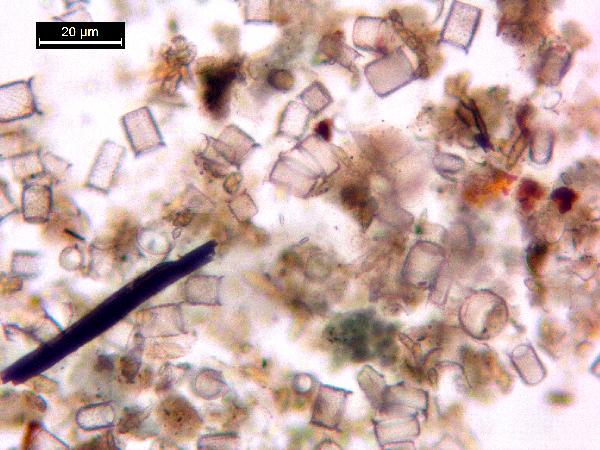
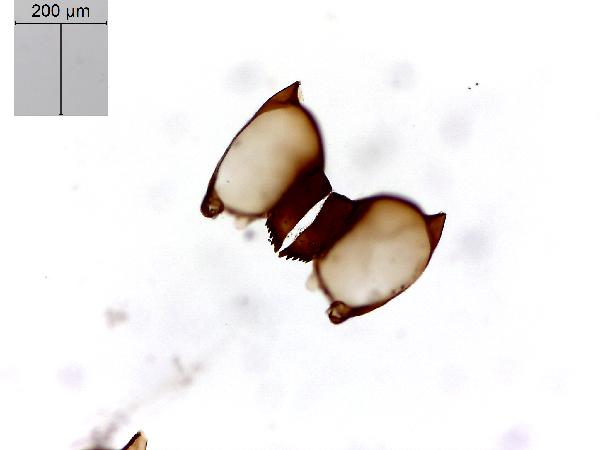
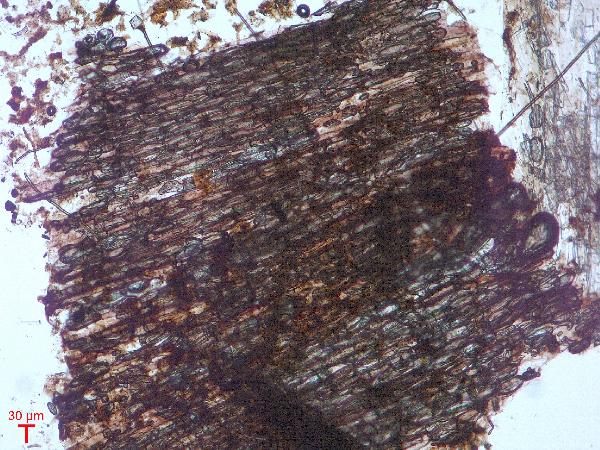
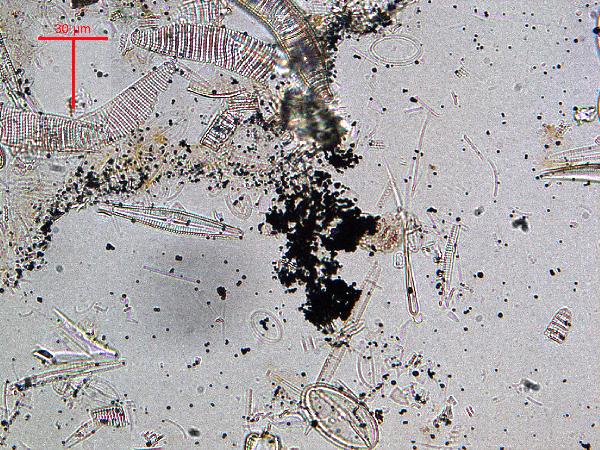
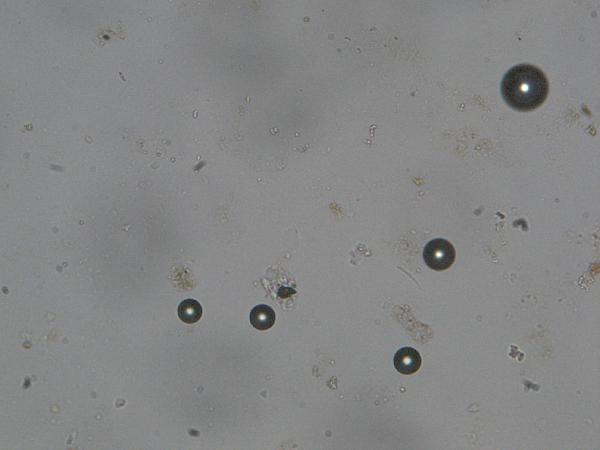
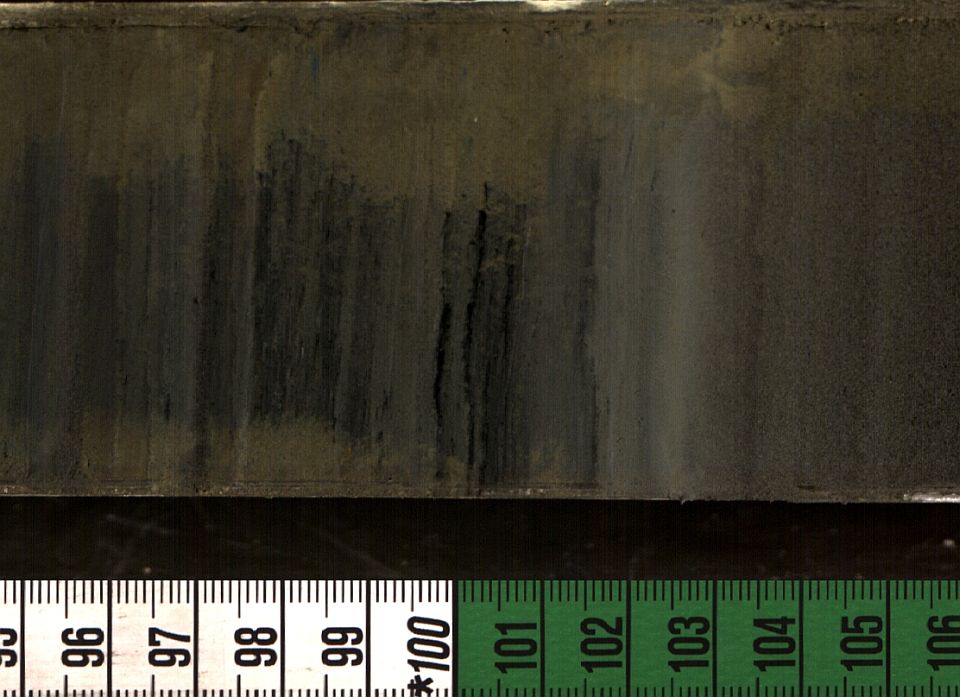
/PRES-MTN12-12B-3L-1_4x_ppl_49cm_sand.jpg)